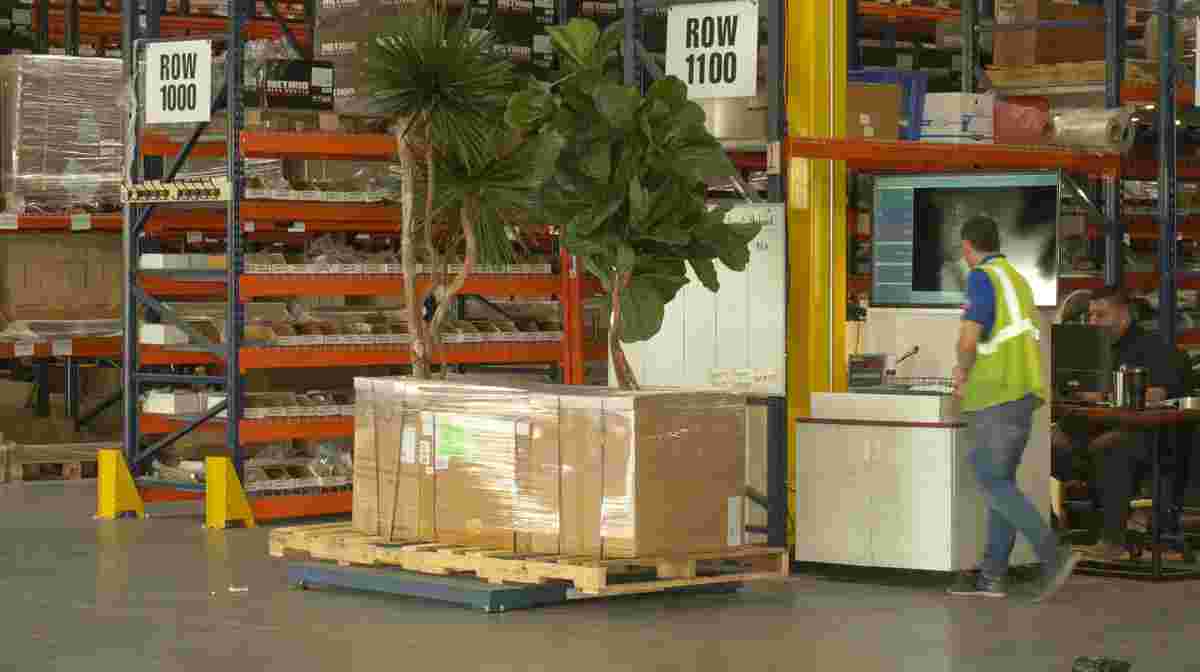In the fast-paced world of logistics and freight handling, precision and speed are crucial. Accurate measurement of cargo not only affects cost calculations but also ensures efficient use of space and resources. This is where dimensioning systems come into play. These innovative technologies are transforming how businesses manage cargo dimensioning, providing fast, automated, and highly accurate results that traditional methods simply can't match.
What Is a Dimensioning System?
A dimensioning system is an automated solution used to measure the dimensions of packages, pallets, or cargo with high precision. It typically includes sensors, cameras, and software that work together to capture length, width, and height in real time. These systems eliminate the need for manual measuring tools and human estimation, reducing errors and boosting productivity.
Dimensioning systems are increasingly used in warehouses, freight terminals, and fulfillment centers where accurate cargo dimensioning is vital to cost control and operational efficiency.
Why Cargo Dimensioning Matters
Cargo dimensioning refers to the process of measuring a shipment’s physical dimensions to determine how it will be stored, shipped, and priced. Most logistics pricing models—such as volumetric or dimensional weight pricing—depend heavily on accurate cargo measurements.
Some of the key benefits of accurate cargo dimensioning include:
-
Reduced shipping costs through better space utilization
-
Improved load planning for trucks, containers, and air freight
-
Automated data capture, reducing human labor and error
-
Accurate invoicing, minimizing billing disputes
-
Enhanced inventory management in warehousing systems
Modern cargo dimensioning technologies also enable seamless integration with warehouse management systems (WMS) and transportation management systems (TMS), helping businesses operate more efficiently.
Types of Dimensioning Systems
There are several types of dimensioning systems used across logistics operations:
-
Static Dimensioning Systems: Used for measuring parcels or cargo that remain stationary.
-
Dynamic or In-Motion Systems: Ideal for conveyor-based environments where items are measured while moving.
-
Pallet Dimensioners: Designed specifically for large cargo or palletized freight.
-
Overhead Dimensioners: Mounted above a conveyor or staging area, providing fast, touch-free measurements.
Each of these systems is built to suit different operational needs, but they all share a core functionality—quick and accurate measurement for improved cargo handling.
How a Dimensioning System Works
Most systems use advanced imaging technology like 3D cameras or laser scanners. When a package or cargo enters the system’s scanning zone:
-
The system captures data points from all angles.
-
Software algorithms calculate dimensions within seconds.
-
Data is stored or transmitted to a connected system for immediate use.
In some cases, these systems can also capture barcodes or images of the cargo, offering full traceability.
Conclusion
In an industry where every inch and pound matters, dimensioning systems are no longer a luxury—they're a necessity. Accurate cargo dimensioning enhances pricing transparency, improves space utilization, and streamlines logistics operations. Whether you're handling small packages or large pallet loads, adopting a reliable dimensioning system is key to staying competitive in today’s logistics landscape.
FAQs
Q1: What industries benefit the most from dimensioning systems?
A: E-commerce, freight forwarding, warehousing, and third-party logistics providers all benefit significantly from cargo dimensioning systems.
Q2: Can dimensioning systems integrate with other logistics software?
A: Yes, most modern systems are compatible with WMS, TMS, and ERP platforms for seamless operations.
Q3: Are dimensioning systems accurate for irregularly shaped packages?
A: Yes. Advanced systems use 3D imaging and AI to accurately capture even irregular shapes.
Q4: How does dimensioning impact shipping costs?
A: Correct cargo dimensioning ensures proper freight classification and prevents overcharges or undercharges based on volumetric weight.
Q5: Is a dimensioning system cost-effective for small businesses?
A: Yes. While the upfront investment varies, the long-term savings in labor, space, and error reduction often outweigh the cost.




